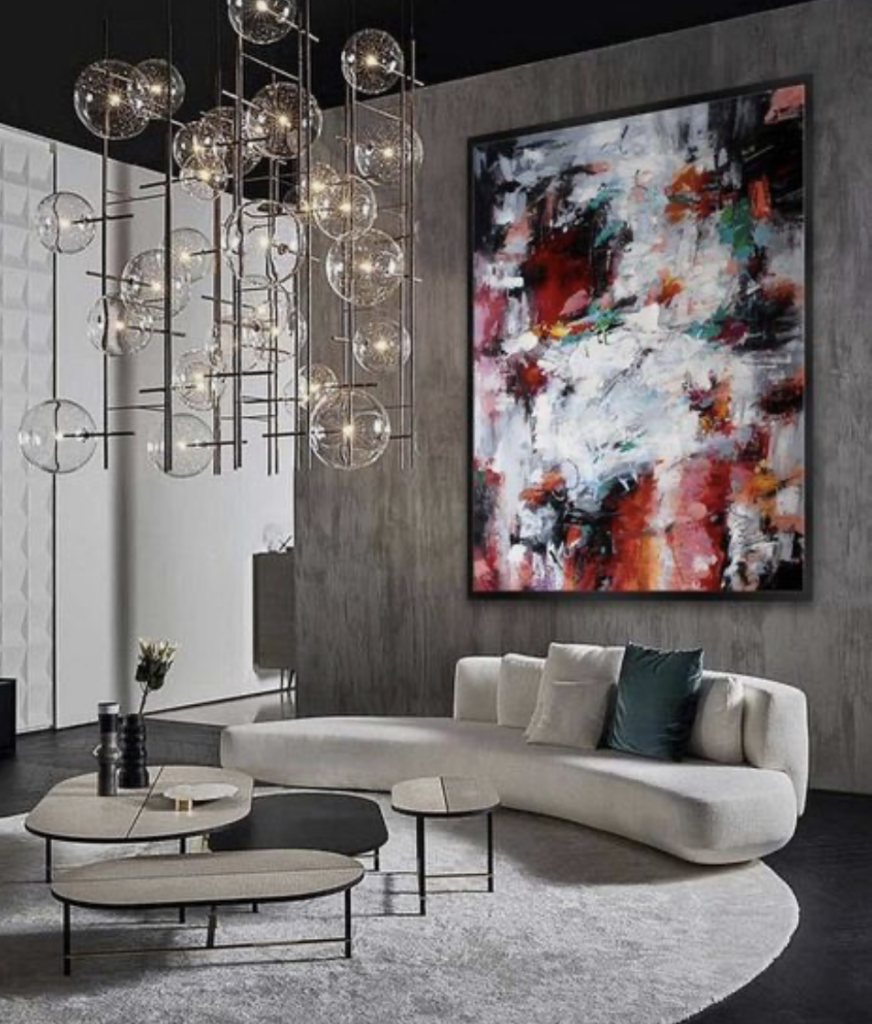
Deep Hues Interior Design: Creating Intimate and Stylish Spaces. Are you dreaming of a home that exudes warmth, sophistication, and a sense of unparalleled comfort? Deep hues in interior design offer a powerful way to achieve this. They can evoke feelings of intimacy, tranquility, and luxury, transforming ordinary rooms into truly special retreats. Many find themselves overwhelmed by the sheer number of color choices and unsure how to use deep colors effectively without creating a dark or oppressive space. This article will offer you with practical, actionable tips to master the art of incorporating deep hues into your interior design, guiding you through the process of creating inviting and stylish spaces that reflect your personal style.
Choosing the Right Deep Hues for Your Space
Understanding Color Psychology
The first step in effectively using deep hues is understanding their psychological impact. Deep blues, for example, are often associated with calmness and serenity, making them ideal for bedrooms or bathrooms. Rich greens can bring a sense of nature indoors, promoting relaxation. Deep reds, while potentially stimulating, can also create a sense of warmth and passion when used judiciously. Consider the mood you want to create in each room and select colors accordingly. Avoid overwhelming a space with excessively dark shades, opting instead for a balance of deep and lighter tones.
Exploring varied Color Families
Deep hues span a wide scope of color families. Consider deep jewel tones like emerald green, sapphire blue, or ruby red for a luxurious feel. Earthy tones such as deep browns, charcoal grays, and deep terracotta offer a more grounded and natural aesthetic. Experiment with varied shades and undertones to find the perfect fit for your personal style and the overall aesthetic of your home. Remember to consider the existing natural light in the room. Darker shades might absorb more light, requiring careful planning with artificial lighting solutions.
The Importance of Lighting in Deep Hue Spaces
Layering Light Sources
Lighting plays a crucial function in showcasing deep hues effectively. Avoid relying solely on overhead lighting, which can flatten the colors and create harsh shadows. Instead, layer your lighting with a combination of ambient, task, and accent lighting. Ambient lighting offers overall illumination, while task lighting focuses on specific areas like reading nooks or countertops. Accent lighting, such as strategically placed lamps or spotlights, highlights textures and adds depth to the space.
Choosing the Right Bulbs
The color temperature of your light bulbs can significantly impact the perception of your deep hues. Warmer light bulbs (around 2700K) tend to enhance the richness and warmth of the colors, creating a cozy atmosphere. Cooler light bulbs (around 5000K) can make the space feel brighter but might wash out the depth of the colors. Experiment to find the perfect balance that complements your chosen palette.
Incorporating Texture and Pattern with Deep Hues
The Power of Texture
Deep hues can sometimes appear heavy if not balanced with texture. Incorporating various textures—such as plush fabrics, woven rugs, or natural materials like wood and stone—can add depth and visual interest. A velvet sofa in a deep teal, for instance, will feel luxurious against a backdrop of textured wallpaper or a woven rug. This juxtaposition of textures prevents the space from feeling monotonous.
Strategic Use of Pattern
Introducing subtle patterns can further enhance the visual appeal of a room decorated with deep hues. A geometric patterned rug, a floral wallpaper with a muted color palette, or patterned throw pillows can add visual interest without overwhelming the space. Remember to maintain balance and avoid using patterns that clash with your chosen deep hues. The key is to create a sense of harmony and sophistication.
Deep Hues in varied Rooms
Deep Hues in the Living Room
In the living room, consider using deep blues or greens to create a calming and inviting atmosphere. Accent with gold or brass details for added luxury. Deep gray or charcoal can serve as a sophisticated neutral backdrop. Incorporate plush textures such as velvet or faux fur to further enhance the cozy feel.
Deep Hues in the Bedroom
For a bedroom, deeper jewel tones like emerald or sapphire can create a sense of romance and tranquility. Pair these with softer textures like linen or silk for a luxurious feel. Use warmer lighting to enhance the richness of the colors. Avoid overly bright or stimulating colors that could hinder relaxation.
Deep Hues in the Dining Room
In the dining room, deep hues can create a dramatic and sophisticated setting. Rich burgundy, deep purple, or even a dark chocolate brown can create an elegant ambiance. Accentuate with metallic elements, such as a silver chandelier or gold-rimmed plates, to enhance the formality of the room. Adequate lighting is essential to make sure the space feels welcoming and not overly dark.
In conclusion, creating intimate spaces with deep hues involves a thoughtful approach to color psychology, lighting, and texture. By understanding the impact of deep colors and implementing the strategies discussed, you can transform any room into a haven of comfort and style. Remember to experiment, personalize, and most crucially, create a space that truly reflects your unique personality and preferences. Don’t hesitate to explore further, delve into the world of color palettes and interior design, and continue enriching your living spaces.
